Yoga teachers may find during their careers that it’s sometimes difficult to support and provide exactly what their students need in a general open style class. It is a consideration that most teachers eventually come to at some point on their teaching path, and that is, how best can I serve you as an individual?
Ayurveda is a Sanskrit word that means the ‘science of life’ (ayu= life and veda= knowledge). It is the sister science of Yoga and although both are entirely different Vedic healing systems, they cross over and complement each other in many ways. The practice of Ayurveda and Yoga together provides one with a complete system of wellbeing for the body, mind and spirit.
“Adaption on an individual basis relative to time and circumstances is the essence of both Yoga and Ayurveda.”
– Dr David Frawley
Ayurveda is based on the principle that macrocosm effects microcosm and is reflected in the Pancha Mahabhutas, the Five Elements, which are the building blocks of the universe. These are Earth, Water, Fire, Air and Ether and they exist in every manifestation of living matter and form. The universal law “as within, so without” means that everything within us is also a reflection of what is outside of us.
Ayurveda uses the Tridosha theory and these three Doshas are called Vata, Pitta and Kapha. The Doshas are made up of and influenced by the Five Elements, for instance:
Vata = Air and Ether
The qualities of Vata are dry, light, cool, rough, subtle and mobile
Pitta = Fire and Water
The qualities of Pitta are oily, sharp, hot, light, fleshy-smelling, spreading and liquid
Kapha = Earth and Water
The qualities of Kapha are unctuous, cool, heavy, slow, smooth, soft and static
We are each born with varying quantities of these Doshas and so no two individuals are the same. You will usually have one dominant Dosha and this subsequently determines your Prakruti (constitution or body type). This does not ever change.
Each of these Five Elements are found in our bodies – Vata governing all movement, circulation, respiration, absorption and elimination. Pitta governing metabolic function, digestion, elimination and regulates temperature. And Kapha governs anabolic function, growth, lubrication, nourishment and protection.
During the course of your lifetime you may become imbalanced, having more of one or the other. This imbalance is called your Vikruti. This can change but if left untreated can manifest as various illnesses. For example, too much heat (Pitta – fire element) could cause inflammation, skin conditions or ulcers etc., too much stress or movement in your life (Vata – air element) could cause fatigue, anxiety or insomnia etc. and too much heaviness and stagnation (Kapha – earth element) could cause laziness and depression etc.
In modern times, Yoga therapy has become a popular modality that one can add to their teacher training studies and Ayurvedic sequencing of yoga classes would seem to fall into this category. However, classical yoga therapy has been around for as long as Ayurveda itself. The ancient Vaidyas (Ayurvedic Doctors) would prescribe yoga asanas, pranayama and meditation as part of a complete treatment plan, together with Ayurvedic herbs, diet and lifestyle changes, daily regimes, counselling and other treatments such as Panchakarma (a detoxification process with five specific treatments). As with Yoga, there are also 8 Limbs of Ayurveda that one can explore.
With all of this in mind, here are five points that you should consider when preparing to teach an Ayurvedic inspired yoga class:
1. The Seasons
Which season are you in and what is the temperature expected to be on the day? Regional weather and seasonal changes will determine which Dosha might be active at that time.
Summer is the Pitta season with hot and moist qualities. It tends to be humid at times and the intensity of the heat/sun dries out the land.
Autumn is the Vata season with cold and dry qualities. Excessive movement that is changeable and windy has effects that are brown, cracking or rough.
Winter is the Kapha season with cold and wet qualities. A time which is slow, dull and heavy encouraging hibernation.
Spring is the Kapha/Pitta season with cold and hot qualities. As we come out of hibernation and the snow melts, it is still moist and wet. When it starts to warm up then Pitta comes into play.
Climate that reduces the Doshas are as follows:
Vata – warm and moist
Pitta – cool and dry
Kapha – warm and dry
So if someone has excess Pitta (fire and water), they would benefit greatly from cool and dry weather.
2. Time of Day
What time of day is the class, program or workshop expected to take place? The Doshas also share different times of the day and which are evident in the temperatures and cycles in nature.
Vata times
2am to 6am
2pm to 6pm
Best times for spiritual practice such as all the asanas, pranayama and meditation.
Pitta times
10am to 2pm
10pm to 2am
Hottest times of the day and best to avoid a dynamic yoga practice or activities that will overheat the body.
Kapha times
6am to 10am
6pm to 10pm
Good times for dynamic practice as it is often when we can start to feel sluggish and not want to get moving.
3. Prakruti
What is the student’s constitution or body type? Asana practice should always consider this to be really effective.
If you are planning to teach one-on-one, it is important to check with your student what their body type is so that you can consider what might be the best sequence for them.
For example, if they are a Pitta type and it was the summer season or time of day, then they might overheat easily so you would not want to plan a dynamic sequence.
However, if you are planning to teach a general class that is to pacify Pitta (perhaps in the summer months) then you would just need to advertise it as such. Those who are Pitta types or have a Pitta imbalance will greatly benefit from this type of class and those who are neither won’t mind on a hot day either. We all have the Pitta element in us to some degree, it’s just that some like the heat more than others.
Of course, the best way to theme any class is to apply the method that “like increases like and opposites balance”. Our practice should be as flexible as we are trying to become in our bodies, and so we can adjust an entire sequence towards a particular Doshic result.
4. Vikruti
What is the student’s imbalance? Ojas is the vital energy of our body and its loss leads to death. Any imbalances can burn away our Ojas and so balancing these is the aim in Ayurveda.
The teacher may notice certain characteristics or be advised by the student of specific ailments they are suffering.
For example, Vata types are generally prone to fear, anxiety, confusion, indecisiveness, insomnia, headaches, being underweight, dry skin, constipation, gas, stiffness, arthritis etc.
Pitta is prone to anger, jealousy, impatience, irritability, intensity, arrogance, competitiveness, overheating, sweating, digestive problems, inflammation, skin conditions, ulcers etc.
Kapha is prone to oversleeping, resistance, greed, lethargy, inertia, stagnation, congestion, allergies, depression, diabetes, obesity etc.
While these are not exhaustive lists and it is unlikely that students will admit to some, if you are planning to teach a one-on-one class you should first check with your student what is going on in their life and whether the sequence you are planning needs to be adjusted to consider any ailments.
So you’re probably wondering how do I actually plan the sequence to pacify the Doshas then? Some questions to ask yourself when preparing the class are:
- Should it be moving or still?
- How long should they hold the static postures?
- How will the breath modify the effects of the asanas?
- What is the degree of challenge or exertion?
To pacify Vata teach asana to calm, focus and still activity in them – slow controlled movements with conscious breathing and holding postures.
To pacify Pitta teach asana to soothe irritation, calm, relax and open them – slow easy movements, holding postures without straining or creating any heat, relaxing their intense focus and allowing them to let go.
To pacify Kapha teach asana that is dynamic and strenuous to get them moving and motivated – so increased movement, holding inversions and standing postures for long periods with deep breathing.
For example, perhaps your student suffers from anxiety or insomnia (Vata imbalance), in this case a restorative sequence that is grounding and nourishing would best suit them.
In relation to teaching a class for specific ailments, this could be difficult to arrange other than what I have mentioned above i.e. a class to pacify each of the Doshas generally.
However, you may like to consider a class with a focus around a particular body part or system which could be beneficial for smaller groups of students, for example Yoga for Digestion where students might be suffering from digestive disorders and need yoga therapy for their digestive system.
5. Age
Just as the time of day and year are important, so are the stages of life. Your student might be experiencing different physical, mental and emotional challenges or ailments that are reflective of their age.
Childhood 0-16 years – Kapha time for building and growth
Adulthood 16-50 years – Pitta time for ambition and drive
Elderhood 50-end of life – Vata time for wisdom and slowing down
The teacher should consider the age of their student/s when planning a sequence and there is also an opportunity here to teach a themed class that focusses on different life stages, for example those in menopause.

The Yoga teacher should always encourage the student (if the student hasn’t already), to seek out an Ayurvedic practitioner for a consultation and additional treatments in conjunction with the yoga therapy you are providing them so they can in turn receive the full benefits of this healing system.
While it does sound like a very complex type of class to prepare and perhaps a little daunting for some, an Ayurvedic sequence would be the most beneficial of individualised practices that you could ever hope to teach your students. After all, the key to good teaching is that nothing about life is static – everything transforms.
If you’re looking for a great resource to help you get started, then check out this book, Yoga for Your Type: An Ayurvedic Approach to Your Asana Practice by Dr David Frawley and Sandra Summerfield Kozak MS. There are plenty of suggested sequences in there to guide you to plan for your next Ayurvedic inspired yoga class!
About the Author
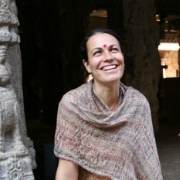 Nicole Young (aka Nandini) is the founder of Three Harmony and a Melbourne-based Ayurvedic consultant & therapist, Yoga teacher, writer and online educator. She is deeply passionate about traditional medicine and self-healing with Ayurveda and Yoga. With over 15 years of personal experience, together with more than two decades working in the corporate world and a journey of self-healing from an IBD called Ulcerative Colitis, she has so much knowledge that she can offer you. It’s her love of writing and desire to help others by sharing information that has compelled her to create the Three Harmony blog which she hopes will guide you back to live in tune with nature.
Nicole Young (aka Nandini) is the founder of Three Harmony and a Melbourne-based Ayurvedic consultant & therapist, Yoga teacher, writer and online educator. She is deeply passionate about traditional medicine and self-healing with Ayurveda and Yoga. With over 15 years of personal experience, together with more than two decades working in the corporate world and a journey of self-healing from an IBD called Ulcerative Colitis, she has so much knowledge that she can offer you. It’s her love of writing and desire to help others by sharing information that has compelled her to create the Three Harmony blog which she hopes will guide you back to live in tune with nature.


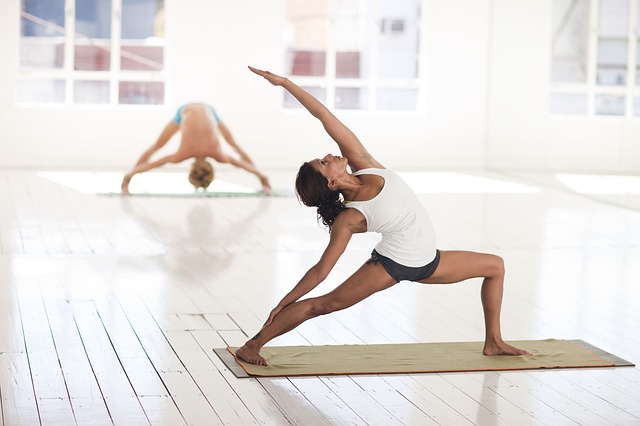
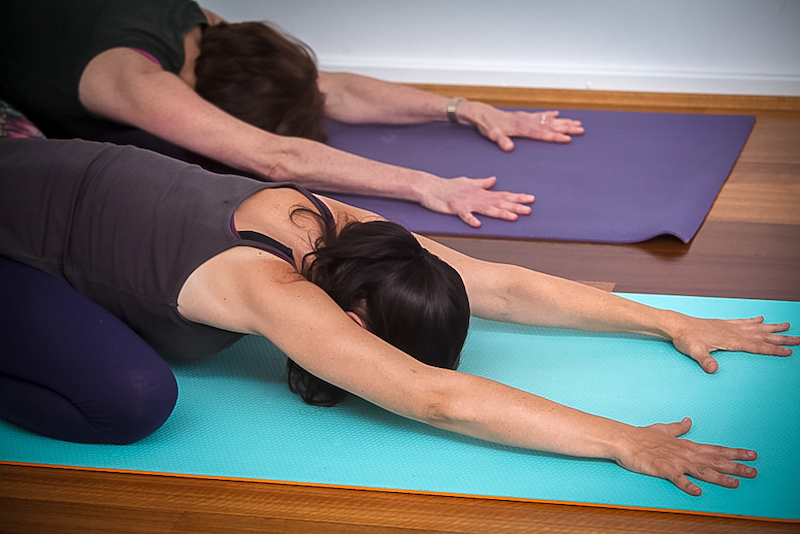
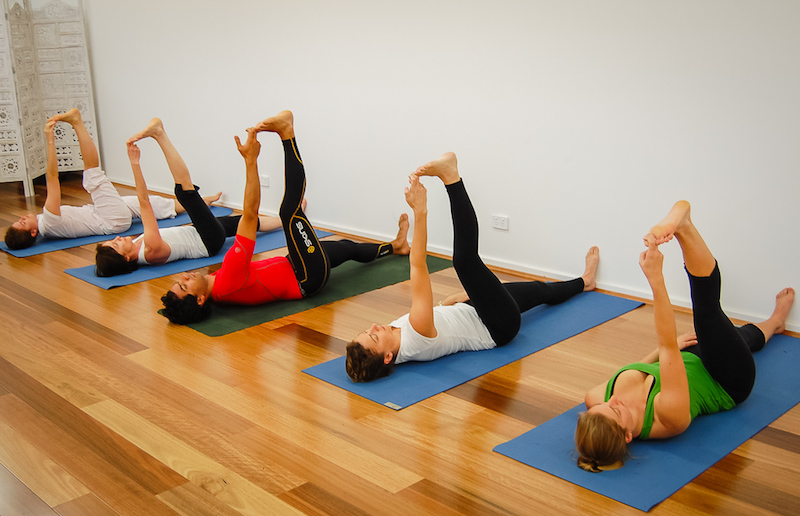

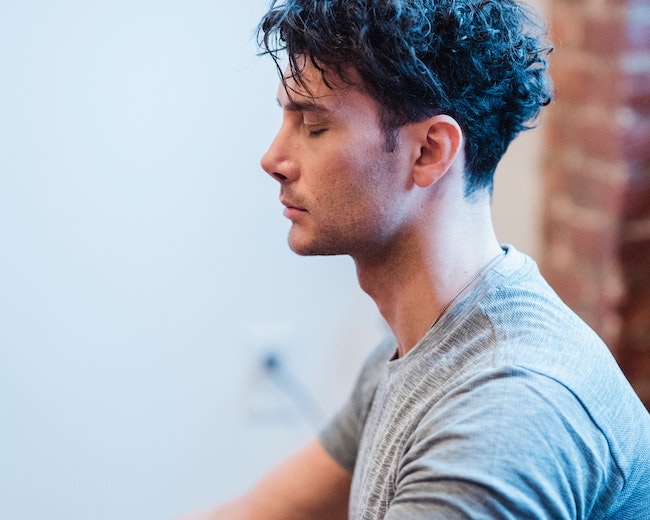

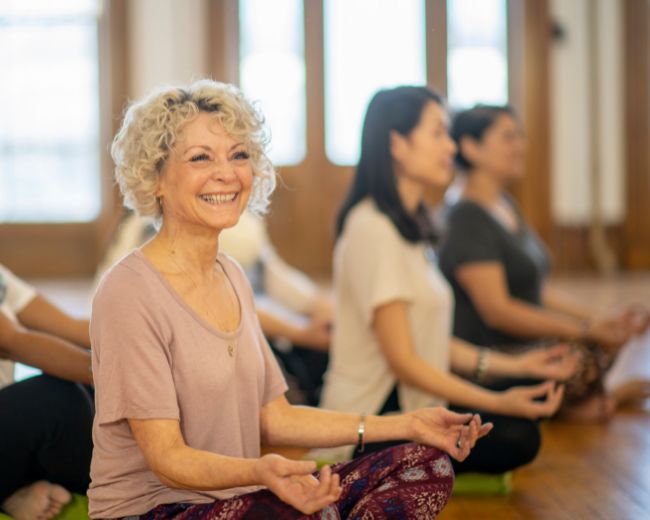
Leave A Comment